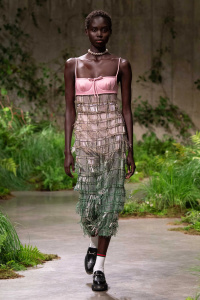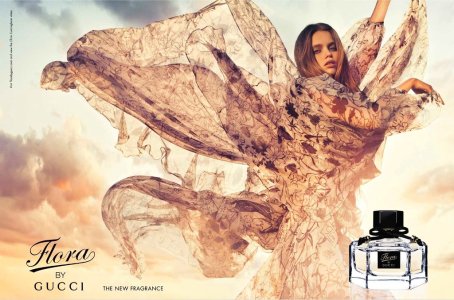Lola701
Well-Known Member
- Joined
- Oct 27, 2014
- Messages
- 13,265
- Reaction score
- 33,620
Yeah, there’s a lack of focused vision, of message.
Even the decision to show in London…
The collection is very La Dolce Vita in a sense: ballet flats, easy silhouettes. This collection should have been shown in Portofino or that type of destination. It should have been only about the ballet flats and not those dated creepers.
A lot of looks should have been edited out but most of all, there are 2 different women walking this runway. And it makes the whole thing even less convincing.
Gucci needs a better casting too. Alessandro could afford a casting of nobodies when he did grand shows or weird gimmicks but Ancora man is not that type of guy.
His clothes are not special enough and don’t have anything substantial to say in terms of culture or creativity that he needs that extra layer of glamour on his shows!
With the sleepy music on top? Oh it’s a mess!
But, I think that if Kering does things well, this collection has items (ballet flats & Jackie) that could help the brand.
Even the decision to show in London…
The collection is very La Dolce Vita in a sense: ballet flats, easy silhouettes. This collection should have been shown in Portofino or that type of destination. It should have been only about the ballet flats and not those dated creepers.
A lot of looks should have been edited out but most of all, there are 2 different women walking this runway. And it makes the whole thing even less convincing.
Gucci needs a better casting too. Alessandro could afford a casting of nobodies when he did grand shows or weird gimmicks but Ancora man is not that type of guy.
His clothes are not special enough and don’t have anything substantial to say in terms of culture or creativity that he needs that extra layer of glamour on his shows!
With the sleepy music on top? Oh it’s a mess!
But, I think that if Kering does things well, this collection has items (ballet flats & Jackie) that could help the brand.


 not sure how serving “under a bridge” is going to elevate the brand…
not sure how serving “under a bridge” is going to elevate the brand…
